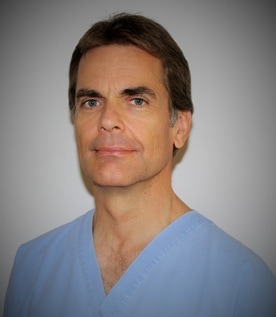|
As if we didn't have enough examples, here is another one that shows how much unnecessary surgery is being performed. Yes, I know this is for non-traumatic shoulder pain and for non-traumatic spinal and knee injuries, but since in many areas the overwhelming majority of surgery of this type, is performed due to non-traumatic "injuries" (or merely degenerative changes), the point remains the same.
CPG: Surgery for Shoulder Pain? Think Twice. Authors of a new clinical practice guideline (CPG) on treatment of shoulder pain took a hard look at the advisability of surgery and came to a conclusion that can be boiled down to 3 words: don't do it. Published in BMJ, a new Clinical Practice Guideline (CPG) focuses on adults with atraumatic shoulder pain lasting for 3 months or more (diagnosed as subacromial pain syndrome, or SAPS), and examines the effectiveness of arthroscopic surgery versus nonsurgical treatment approaches including exercise therapy, analgesics, and injections. Surgery resulted in no significant differences from other approaches—including placebo surgery. The lack of difference remained at 6-month, 2-year, and 5-year follow ups. Since the conclusion that was reached indicated surgery isn't any more effective than sham surgery or other treatment approaches, the CPG authors next analyzed the benefits and harms of the procedure. And, again, surgery did not do well. Since the surgery carried significant risks and lacked superiority in terms of effectiveness, "the panel concluded that almost all well informed patients would decline surgery and therefore made a strong recommendation against subacromial decompression surgery," authors write. "Clinicians should not offer patients subacromial decompression surgery unprompted, and others should make efforts to educate the public regarding the ineffectiveness of surgery." Comments are closed.
|
Peter Guske PT
Archives
February 2019
Categories
|
407-323-5577


 RSS Feed
RSS Feed